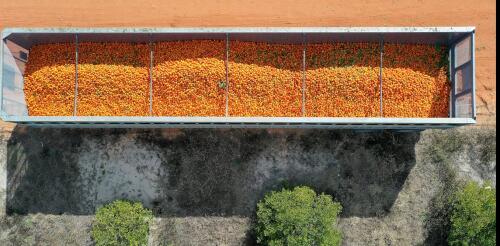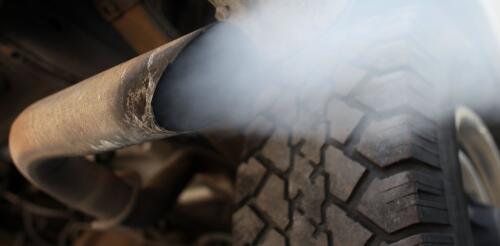New research
Citrus trees showing natural tolerance to citrus greening disease host bacteria that produce novel antimicrobials that can be used to fight off the disease, our recent study shows. We found the trees at an organic farm in Clermont, Florida. Citrus greening disease – known more formally as Huanglongbing, or HLB, is caused by the bacterium Candidatus Liberibacter asiaticus. It is spread by an insect called the Asian citrus psyllid. There is no known cure for the disease. We are Florida-based researchers who study sustainable farming practices, a discipline also known as agroecology. Our team has isolated these antimicrobial compounds in the lab and is now working to test them with the goal of producing an effective treatment for HLB. Why it matters HLB has dealt a massive blow to Florida’s iconic citrus industry. Since citrus greening disease was first detected in the state in 2005, Florida citrus production is down by more than 92%. The disease is just one factor....
Long-term high ultrafine particle concentrations in New York state neighborhoods are linked to higher numbers of deaths. That is the key finding of our new research, published in the Journal of Hazardous Materials. Our study shows that high levels of ultrafine particles in the atmosphere over long periods of time are significantly associated with increased non-accidental deaths, particularly from cardiovascular and respiratory diseases. Ultrafine particles are aerosols less than 0.1 micrometers, or 100 nanometers, in diameter — about one-thousandth the width of a human hair. Due to their tiny size, they can be easily inhaled into the distal branches of lungs, quickly absorbed into the bloodstream and even pass through organ barriers. We also found that certain underserved populations, including Hispanics, non-Hispanic Black people, children under 5, older adults and non-New York City residents, are more susceptible to the adverse effects of ultrafine particles. The dis...

